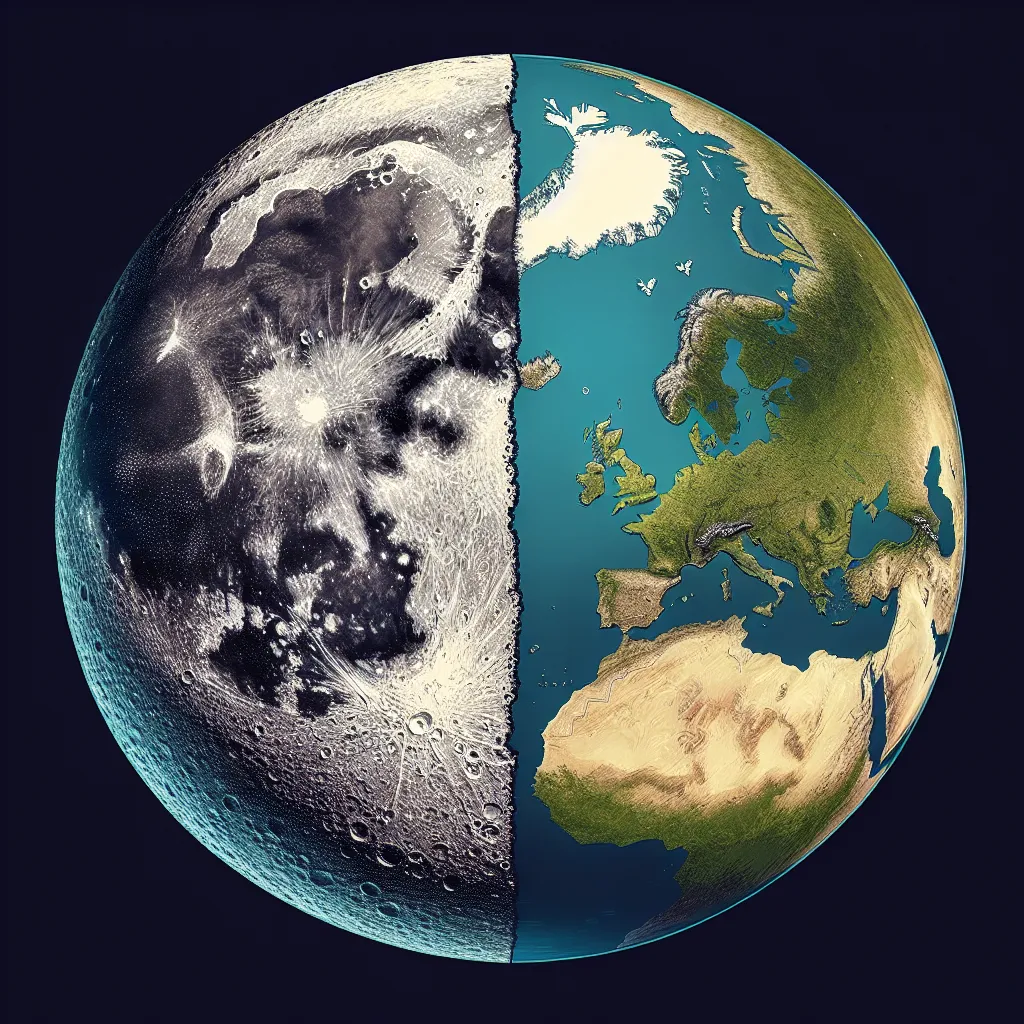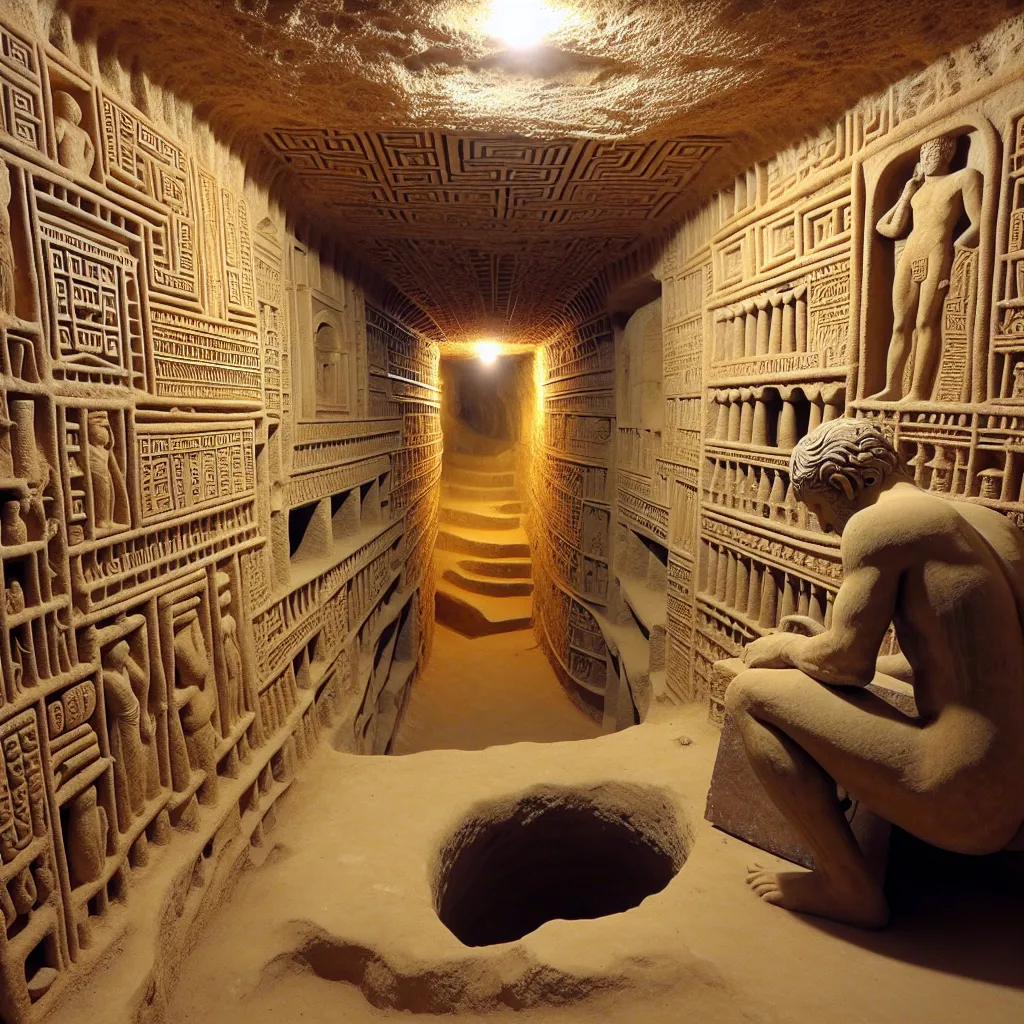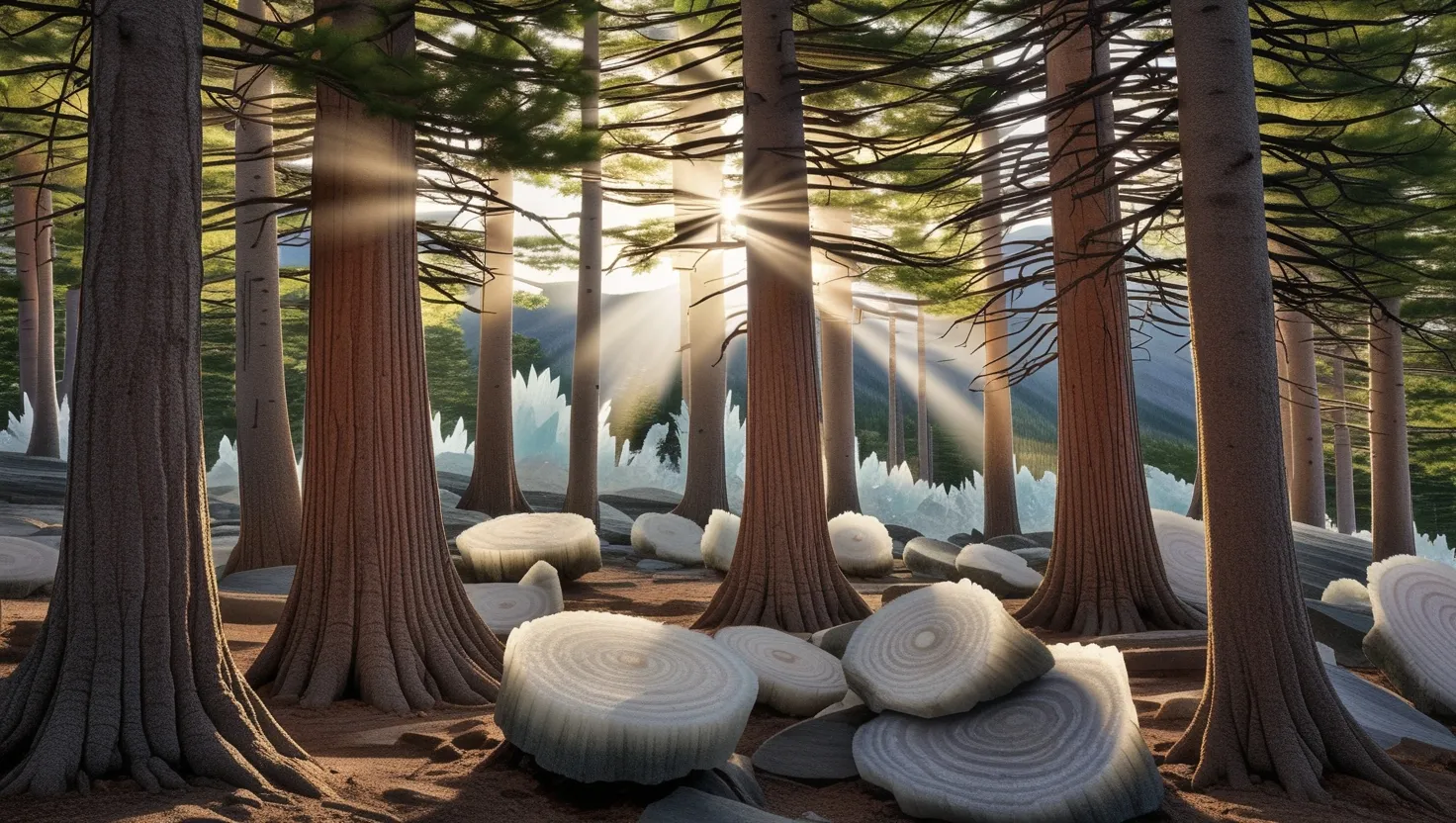The moon might seem small from where we’re standing, but it’s actually pretty massive. Think of it like this: you could fit all of Central Europe beneath it with room to spare. The moon’s surface area is enormous, comparable to the total land area of Europe, China, the USA, Brazil, and South Africa combined.
Now, in terms of weight, the moon is only about 1/81th of Earth’s mass. But how big is it compared to Earth? Surprisingly large. Our moon is the largest in the solar system in relation to its planet and ranks as the fifth largest moon overall. It’s even bigger than Pluto, the famous dwarf planet.
Given its size, how far away is it that it looks so tiny in the night sky? A lot further than you might guess. It’s not 370 km away like the ISS or 36,000 km like our farthest satellites. If you hopped on a 747, it would take you a continuous 28 days to make the trip. Even with today’s tech, it would still take two whole days in a spacecraft, and driving there? Forget it, way too long.
So, how big is the moon? It’s pretty big, especially considering its relationship to Earth. It’s fascinating to think about, and there’s so much more to explore.
Stay tuned for more moon facts every Monday this May!






